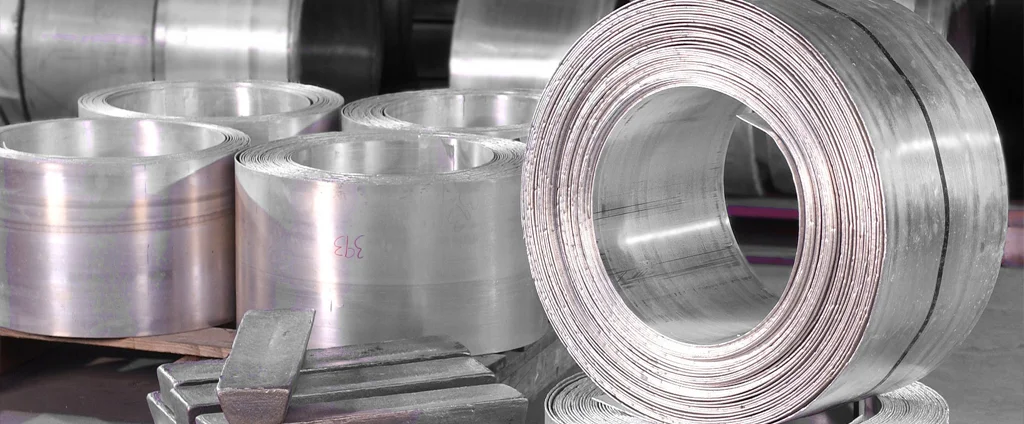Magnesium Elektron EQ21 (UNS M18330)

Elektron EQ21 is a premium magnesium casting alloy engineered by Magnesium Elektron for high strength and superior performance. It delivers excellent mechanical and thermal properties across ambient and elevated temperatures while maintaining favorable foundry characteristics, making it ideal for demanding industrial uses.
| Chemical Composition | ||
|---|---|---|
| Element | Min | Max |
| Magnesium | 94.20% | 96.75% |
| Copper | 0.05% | 0.10% |
| Rare Earths | 1.5% | 3.0% |
| Silver | 1.3% | 1.7% |
| Zirconium | 0.4% | 1.0% |
The following table provides a list of magnesium Elektron EQ21 properties in both SI and US customary/Imperial units.
Click on the button to switch between Metric and Imperial units.
| Physical Properties | Metric |
|---|---|
| Density | 1810 kg/m3 |
| Mechanical Properties | Metric |
| Tensile Strength (Ultimate) | ≥ 240 MPa |
| Tensile Strength (Yield) | ≥ 175 MPa |
| Compressive Strength (Ultimate) | 310 - 385 MPa |
| Compressive Strength (Yield) | 165 - 200 MPa |
| Fatigue Strength # of Cycles 5.0e+7 | 60 - 70 MPa |
| Shear Strength | 152 MPa |
| Young’s Modulus (E) | 44 GPa |
| Elongation at Break | ≥ 2% |
| Poisson’s Ratio (ν) | 0.30 |
| Thermal Properties | Metric |
| Melting Point | 540 - 640 °C |
| Solidus | 540 °C |
| Liquidus | 640 °C |
| Thermal Conductivity | 113 W/m·K |
| Specific Heat Capacity (Cp) | 1000 J/kg·K |
| Coefficient of Thermal Expansion (αL) | 26.7 1/°C |
| Electrical Properties | Metric |
| Electrical Resistivity | 6.85×10-6 Ω·cm |
The values in this table are approximate and can vary depending on various factors such as the specific manufacturing process and heat treatment applied to the alloy.
Advantages & Disadvantages of Magnesium EQ21
| Advantages | Disadvantages |
|---|---|
| High strength | High cost |
| Good elevated temperature performance | Corrosion resistance |
| Good castability | Limited availability |
| Good weldability |
Applications of Magnesium EQ21
EQ21 is utilized across various industries for its strength, lightweight, and thermal and corrosion resistance, including:
- Engine blocks: Used for its strength, light weight, and excellent thermal conductivity, aiding vehicle weight reduction and fuel efficiency improvement.
- Wheels: Selected for its strength, light weight, and corrosion resistance, enhancing vehicle performance and fuel economy.
- Rocket engines: Valued for strength, light weight, and thermal conductivity, contributing to reduced rocket weight and improved performance.
- Armored vehicles: Applied for strength, light weight, and ballistic properties, providing protection for personnel and equipment against threats.
